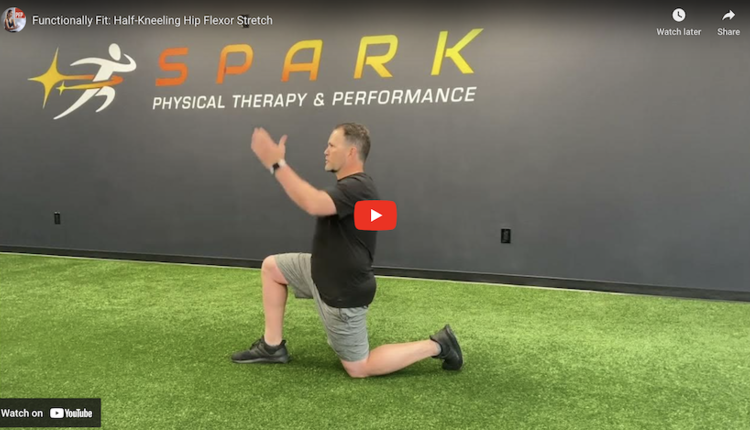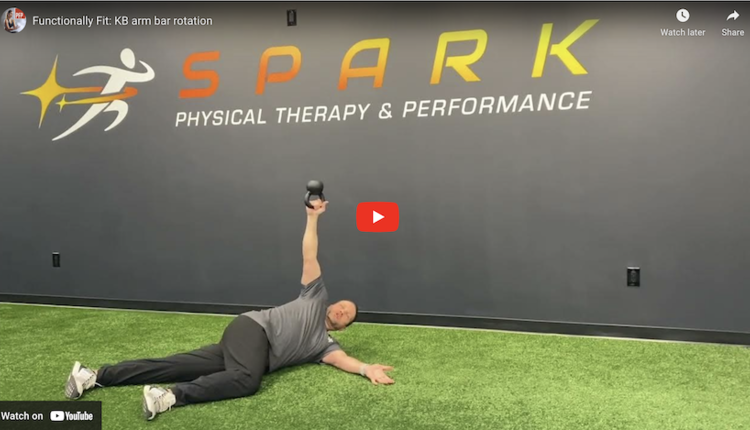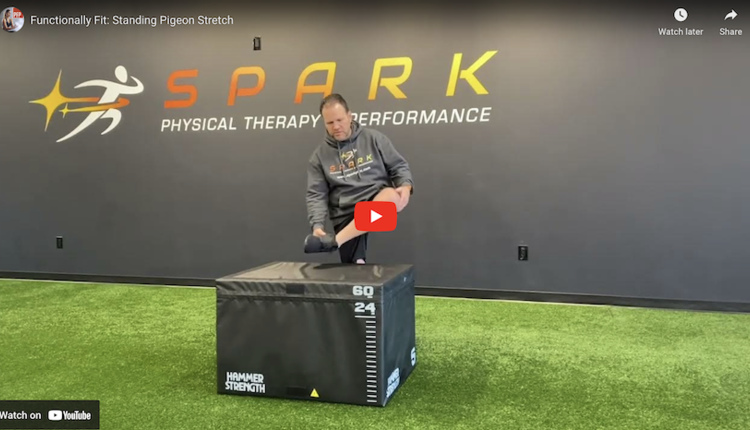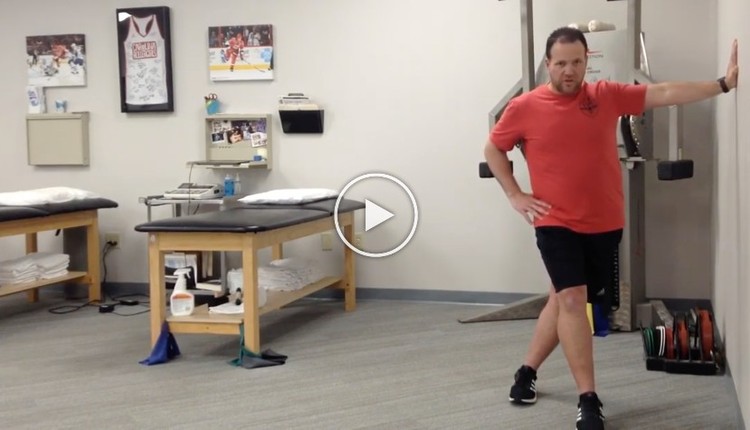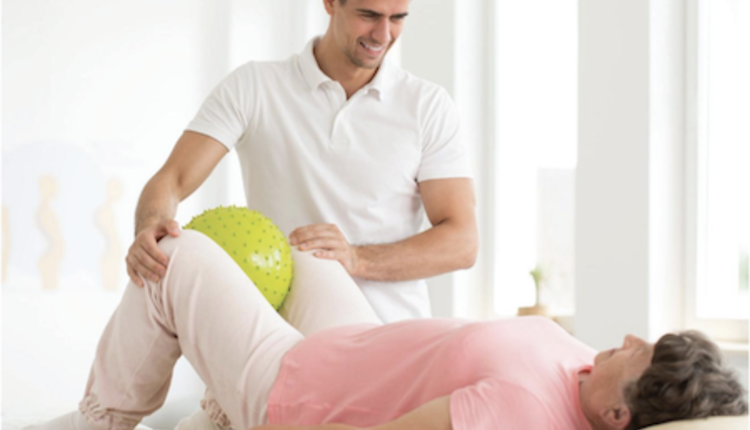Many clients struggle with maintaining core and hip stability as fatigue and gravity stress the body during movement. This exercise combines a static pillar hold with dynamic hip motion using a sliding disc. The slider allows for fluid movement while minimizing extension in the hip or spine.

Execution: Position a sliding disc beneath each foot with the toes pointing down to the floor. Next, move into a traditional plank with the weight of the body resting on the forearms, with the elbows positioned beneath the shoulders. Ensure that the cervical and lumbar spine are in neutral alignment. Perform an active chin tuck while drawing the navel in toward the spine. Now, slide the right foot/leg away from midline to the point just before the spine or pelvis begins to lose alignment. Pause for about 1 second, and then return to the start position.
Repeat the same motion on the left leg. Alternate legs and perform 8-10 repetitions on each side. Repeat as desired for multiple sets.
Regression: Perform a single leg abduction movement for 10 repetitions on one side and/or decrease the amount of leg excursion.
Progression: Increase the lever arm by moving the forearms forward or further away from the center of mass. Additionally, increase the pause time at the end of each abduction movement.
Application: This exercise is an effective tool for improving hip and core stability while promoting lumbar spine anti-extension and anti-rotation control. It also requires sufficient pelvic control on the stationary hip. This is an effective core exercise for the well client, as well as those recovering from a lower body injury. Be sure to closely monitor form and provide appropriate verbal/tactile cues to correct any asymmetry of flawed movement patterns.




